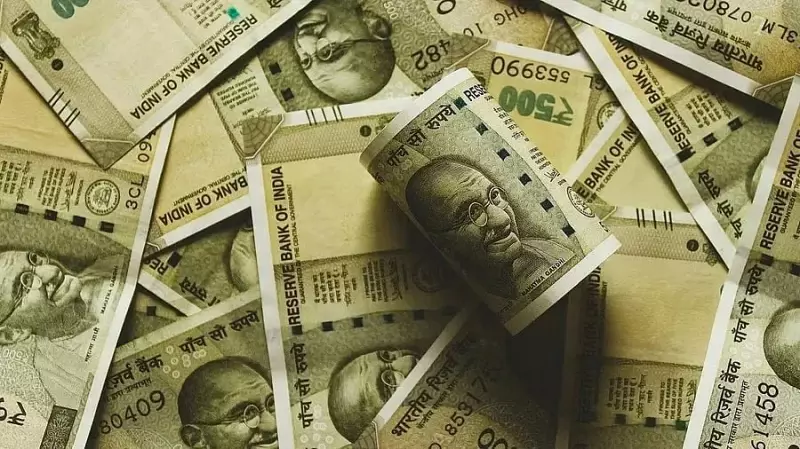
The Indian rupee extended its losing streak against the US dollar on Wednesday, opening weaker in early trading sessions. The domestic currency declined by 12 paise to settle at 87.95 against the American currency, continuing the bearish trend from previous sessions.
What's Driving the Rupee's Decline?
Forex market analysts point to multiple factors contributing to the rupee's weakness:
- Dollar strength globally: The US dollar has been gaining ground against major currencies worldwide
- Foreign capital outflows: Overseas investors have been pulling funds from Indian markets
- Risk-off sentiment: Global economic uncertainties are prompting investors to seek safer assets
- Rising crude oil prices: Higher import bills typically put pressure on the rupee
Market Dynamics and Trader Sentiment
Currency traders reported subdued trading activity with most market participants adopting a wait-and-watch approach. The cautious stance comes ahead of important economic indicators that could influence the Reserve Bank of India's monetary policy decisions.
Technical indicators suggest the rupee might face further pressure in the coming sessions if the dollar continues its upward trajectory. However, intervention from the central bank could provide some support to the domestic currency.
Broader Market Impact
The rupee's movement against the dollar has significant implications for:
- Importers and exporters: Currency fluctuations affect trade competitiveness
- Foreign investment: Dollar returns for overseas investors in Indian assets
- Inflation: Imported inflation through costlier dollar-denominated imports
- Corporate earnings: Companies with foreign currency exposure
Market participants will closely monitor the rupee's trajectory throughout the trading day, watching for any intervention signals from the Reserve Bank of India and tracking global currency movements for further directional cues.





